Waco Mammoth Site
Visitors can walk over the largest concentration of Columbian mammoths to have died from one event.
In 1978, two men were hunting for arrowheads along the Bosque River in Waco, Texas, and came upon a curiously large bone. When they took it to be examined at the nearby Baylor University, they spurred an archaeological dig that would eventually uncover the remains of 24 Columbian mammoths that roamed Texas in the Ice Age.
The site is the largest known concentration of Columbian mammoths to have died from one catastrophic event. It’s also the first and only known nursery herd of Columbian mammoths to date.
Sixteen of the mammoths were removed and are held in storage at Baylor to protect them from deterioration, but a crowd of fossils is still at the site. In a climate-controlled pavilion opened in 2009, visitors can walk above the fossils of the giant-tusked creatures, which are still embedded in the dirt.
The majority of the mammoths are believed to have perished in a mudslide that occurred around 68,000 years ago. A nursery herd of 19, composed of females and their young, were caught in sudden floods, the adults attempting, but failing, to save the young mammoths by lifting them from the mud. The other skeletons at the site appear to have died during another flood that occurred many years later. A prehistoric camel (which might have died during the first mudslide) and the remains of a large cat were also unearthed at the site.
There are indications that additional fossils could still be discovered in the surrounding area, including more mammoths.
On July 10, 2015, President Obama designated the site as a National Monument.







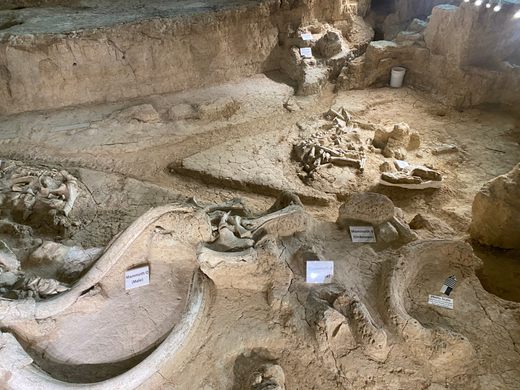


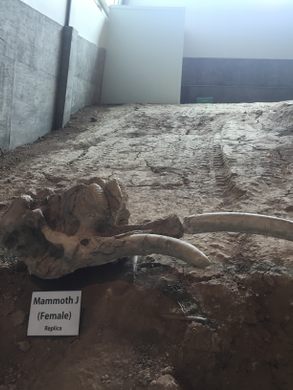




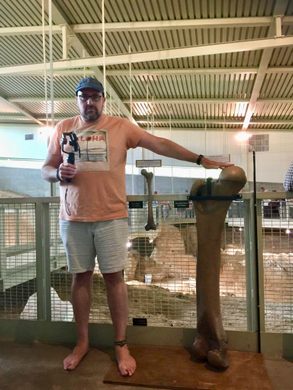
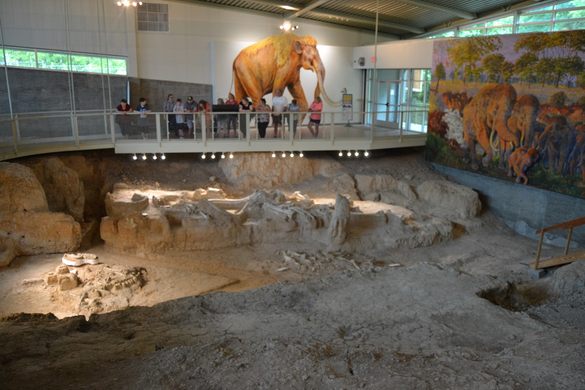

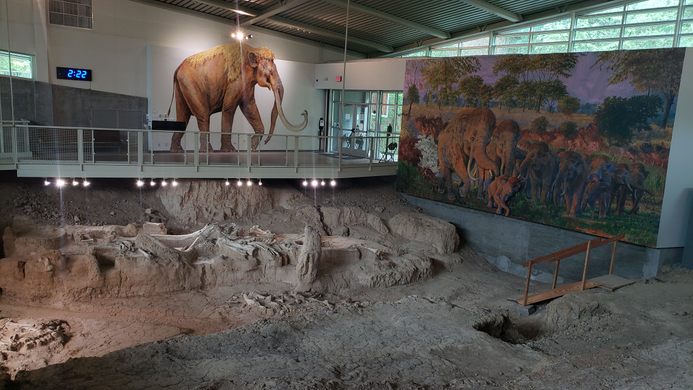




















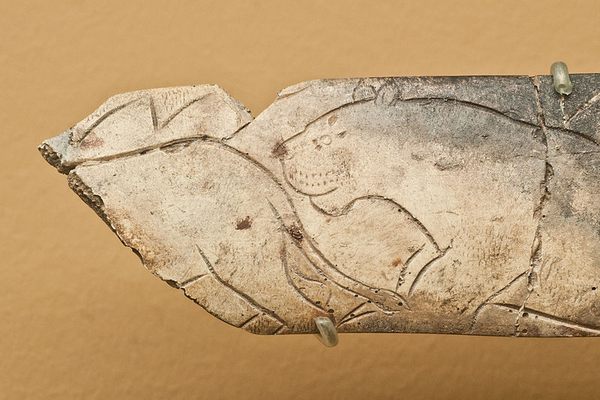

Follow us on Twitter to get the latest on the world's hidden wonders.
Like us on Facebook to get the latest on the world's hidden wonders.
Follow us on Twitter Like us on Facebook